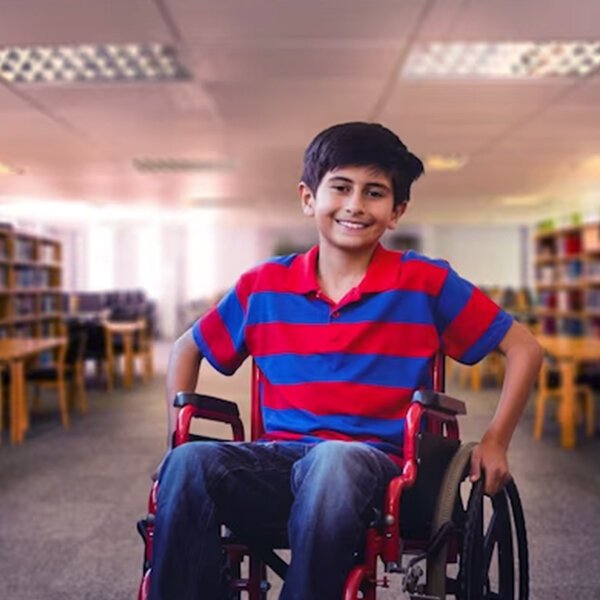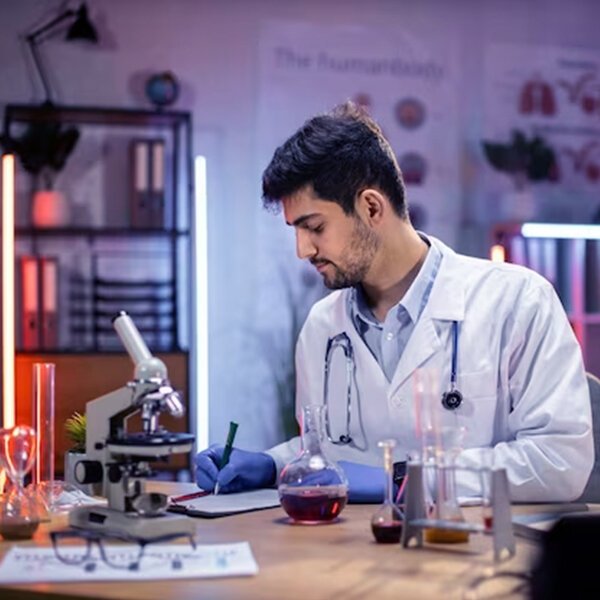Building inclusive, safe, and innovative campuses because education should be for everyone.
Support This InitiativeMany universities lack ramps, elevators, and suitable classroom spaces preventing disabled students from moving freely and comfortably.
Few campuses offer accessible materials such as Braille notes, audio textbooks, or assistive software, creating a major barrier to equal learning.
Disabled students often experience isolation due to poor awareness, inadequate support systems, and lack of inclusive infrastructure.
This initiative reimagines university facilities to meet the needs of disabled students, enhancing their academic experience through better mobility, safety, and comfort. We are also upgrading laboratories to create a dynamic, innovation-friendly environment for students, researchers, and lecturers.

We redesign facilities with accessibility in mind ensuring safe movement, comfort, and inclusive spaces that empower every student to participate fully in university life.

We invest in state-of-the-art laboratories to inspire innovation, provide hands-on learning, and prepare students for the challenges of tomorrow.
We envision a world where every university embraces accessibility and inclusion as a fundamental right where all students can learn, move, and dream without limitations.
Installing ramps, elevators, and accessible classrooms in all facilities.
Providing voice-assisted devices, Braille software, and adaptive technology.
Encouraging empathy and inclusion through university campaigns and workshops.
Surveying existing facilities to identify accessibility and safety gaps.
Collaborating with architects and engineers to plan inclusive upgrades.
Constructing ramps, elevators, and accessible learning spaces across campuses.
Training staff and students to build awareness and inclusive practices.
Together, we can transform universities into places where every student regardless of ability can thrive.
Donate Now